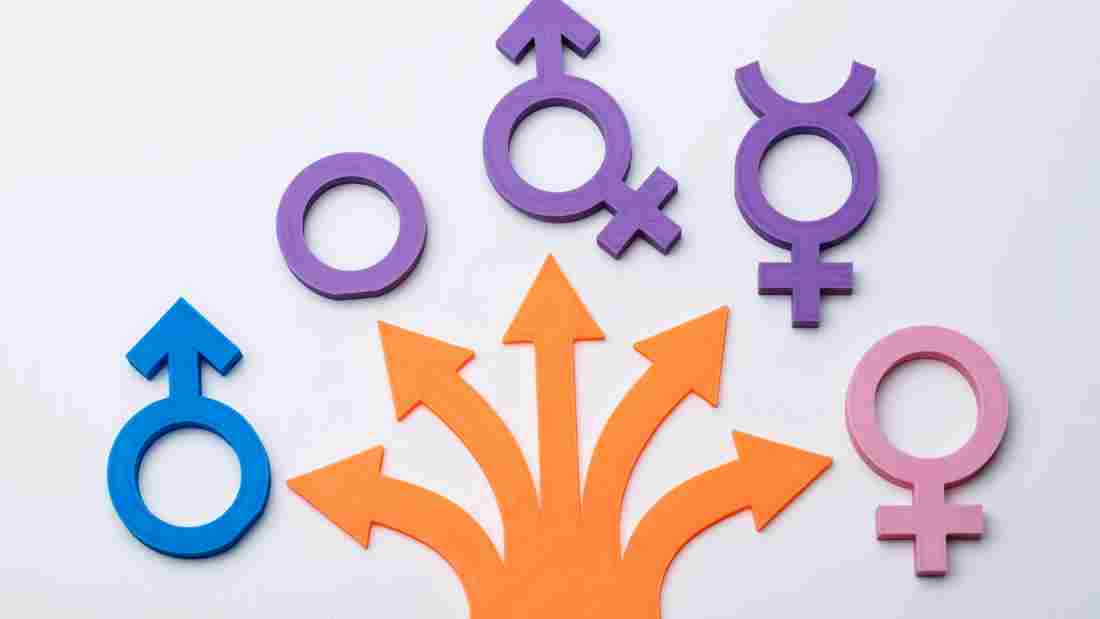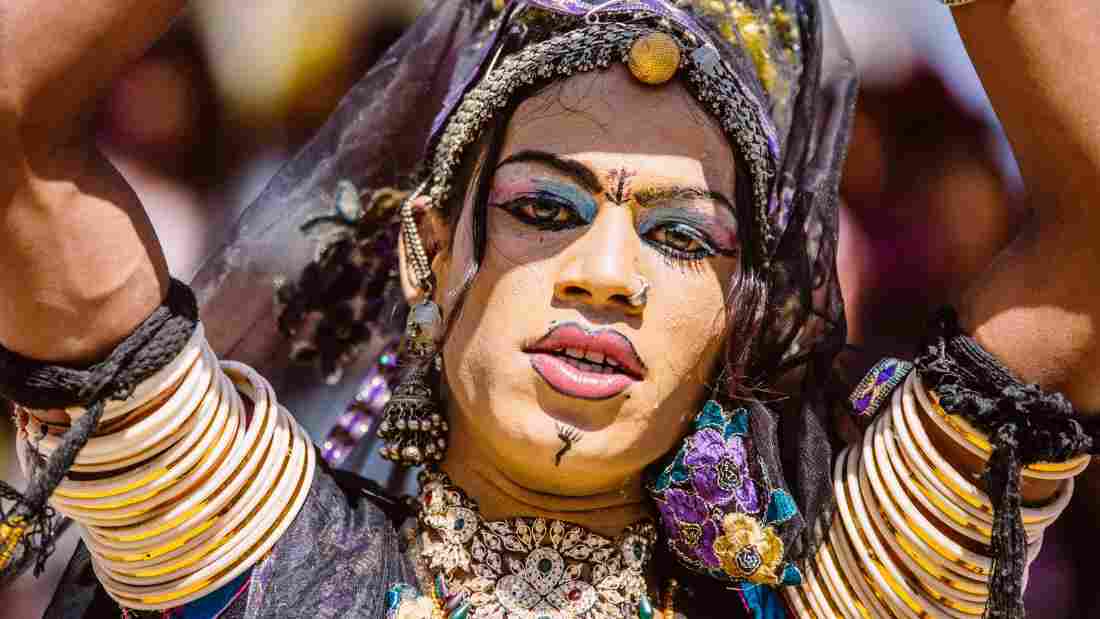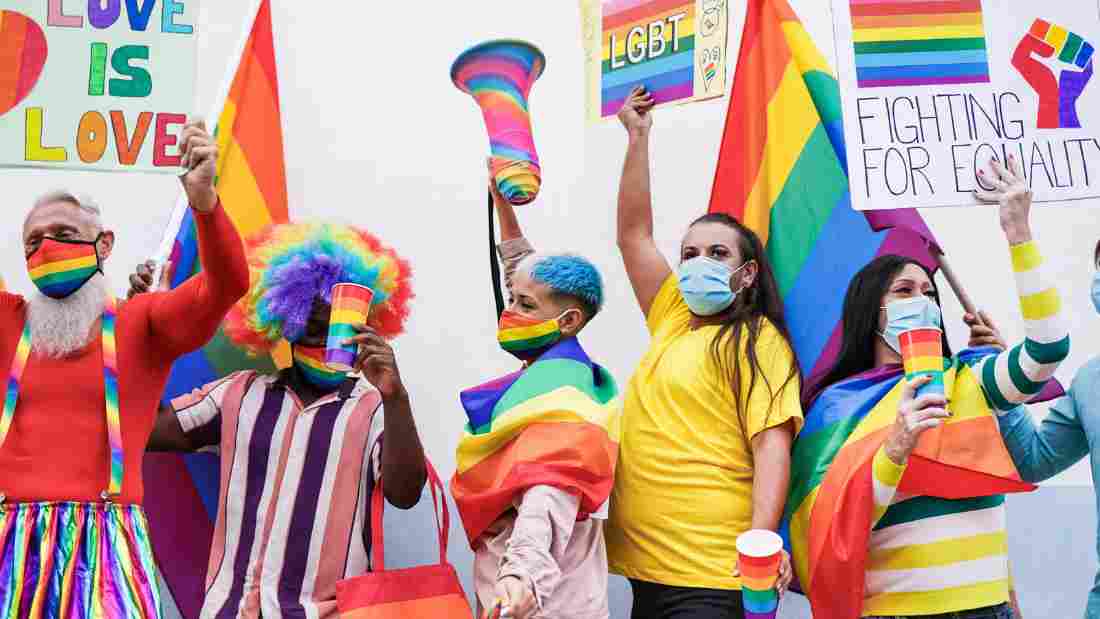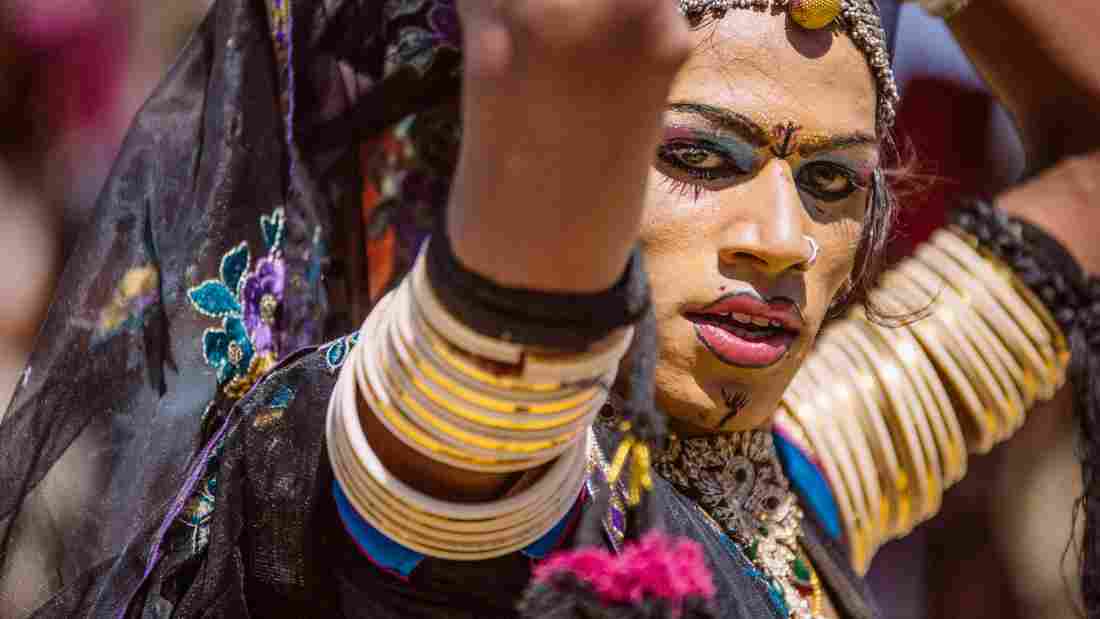Gender identity is a fundamental aspect of human life, with social and cultural influencing shaping the ways in which individuals perceive themselves and interact with the world around them.
In many Western cultures there is a binary system that recognizes only two genders, male and female, based on biological sex. However, the reality of gender identity is more diverse and complex than this binary system allows. This non-binary identity is not new, and can be found throughout history and across different cultures.
One of the challenges of understanding non-binary gender identities is that they often defy ‘traditional’ categorization in the West. In these cultures, there is an expectation that individuals will conform to gender roles that are based on biological sex. Men are expected to be masculine, while women are expected to be feminine. Non-binary individuals, who do not fit easily into these categories, can often face rejection, ridicule, or even violence.
Different Cultural Constructs of Gender
The concept of gender identity is not a new one, and has been discussed and debated throughout history. In ancient Greece, philosopher Plato explored the idea that gender is a social construct, not innate or biological.
In many indigenous cultures, there are traditions that recognize the existence of multiple genders or non-binary gender identities. The following are some examples
The Bugis People of Indonesia
The Bugis culture, which is indigenous to Sulawesi Island in Indonesia, has a unique and complex gender system that recognizes five different genders. This gender system is deeply ingrained in Bugis identity and culture, and has been practiced for centuries.
The first gender recognized in the Bugis culture is “oroané”, which refers to male-bodied individuals who behave and dress in a feminine manner. Oroané individuals are often recognized by their distinct traditional dress, which includes a long flowing skirt and a blouse. Oroané individuals are often seen as having unique talents in the arts and are involved in the creation and performance of traditional Bugis music and dance.
The second gender recognized in the Bugis culture is “makkunrai”, which refers to female-bodied individuals who behave and dress in a masculine manner. Makkunrai individuals often wear traditionally masculine clothing, such as pants and shirts, and may have short haircuts. They are also recognized as being skilled in traditionally male activities such as farming and hunting.
The third gender recognized in the Bugis culture is “calabai”, which refers to male-bodied individuals who identify as women and often perform feminine roles. Calabai individuals may wear traditional female clothing and have long hair, and may also perform roles traditionally associated with women, such as cooking and childcare.
The fourth gender recognized in the Bugis culture is “calalai”, which refers to female-bodied individuals who identify as men and often perform masculine roles. Calalai individuals may wear traditional male clothing and have short hair, and are often involved in activities traditionally associated with men, such as fishing and carpentry.
Finally, the fifth gender recognized in the Bugis culture is “bissu”, which refers to individuals who are considered sacred and embody all genders. Bissu individuals are seen as having a special spiritual or religious role, and are often involved in traditional ceremonies and rituals.

Native American Cultures
The Two-Spirit tradition is an ancient and deeply rooted aspect of many Native American cultures. The term “Two-Spirit” is a newer term, created in the 1990s as a way of placing this tradition within the context of contemporary queer identity. The term is meant to encompass a wide variety of gender identities and expressions that exist within native communities.
Different tribes may have different terms and understandings of Two-Spirit individuals, but the basic idea is that they are people who embody both masculine and feminine traits. Two-Spirit individuals often have a spiritual or ceremonial role within their community, and are respected for their unique abilities and insights.
In some tribes, Two-Spirit individuals are seen as having a special healing ability. They may be called upon to perform healing rituals or ceremonies, or to provide support and guidance to individuals who are going through difficult times. In other tribes, Two-Spirit individuals may be seen as having a special artistic ability, and may be involved in the creation and performance of traditional music or dance.
While the Two-Spirit tradition is deeply ingrained in many native cultures, it is also a tradition that has been suppressed and marginalized over the years. With the arrival of Europeans on this continent, many traditional native beliefs and practices were lost or actively suppressed. This included the Two-Spirit tradition, which was often seen as being deviant or immoral by European colonizers.
However, in recent years there has been a revival of interest in the Two-Spirit tradition by native communities. This has been fuelled in part by greater acceptance and visibility of LGBTQ+ communities in mainstream society, but also by a desire to reclaim and honour traditional native beliefs and practices.
South Asian Cultures
In many South Asian cultures, particularly in India, Pakistan and Bangladesh, hijras are recognized as a distinct third gender. Hijras are individuals who were designated male at birth but identify as female or third gender. They often choose to undergo a process known as “emasculation” in which their genitals are removed, and they often dress in traditional women’s clothing and wear makeup.

Hijras have a long history in South Asian culture, dating back centuries. In many cultures, hijras were recognized as sacred beings who possessed magical or spiritual powers. They were often called upon to perform important ceremonial or spiritual roles within their communities. Hijras were often invited to bless newborn babies, newlyweds and new businesses, in addition to performing unique dances and other ceremonial activities.
Despite their historical and cultural significance, hijras still face significant social and economic exclusion and discrimination in many parts of South Asia. They are frequently stigmatized and ostracized by families and communities, and often find themselves living on the margins of society. Additionally, hijras have been targeted by the police and other authorities, who view them as criminals or threats to social norms.
In recent years, however, there has been increasing recognition of the rights of hijras in many parts of South Asia. In 2014, India’s Supreme Court recognized hijras as a third gender and mandated that they should have access to affirmative action programs and employment opportunities. Many South Asian countries have also taken steps to end discrimination against hijras and other gender minorities, including providing opportunities for education and employment.
Pacific Island Cultures
Fa’afafine is a term used in many Pacific Island cultures to describe individuals who are born male but identify as female or effeminate. They are often seen as being “in between” gender identities – not completely male nor completely female.
Fa’afafines often have a spiritual role within their communities, participating in ceremonies and rituals related to healing, fertility and ancestor worship. They may also be involved in other activities such as leading community events, taking part in political discourse or providing aid for those who are disadvantaged or marginalized. In some places, fa’afafines even have their own schools where they can learn traditional customs and pass on knowledge to the younger generations.
Albanian Culture
In Albanian tradition, sworn virgins are women who choose to take on a male identity and roles. This decision is known as the “burrnesha”, and it is traditionally seen as an honorable undertaking for women in certain cultural contexts. Sworn virgins dress in masculine clothing, take on masculine behaviour and responsibilities, and may even change their names to reflect their new role.
The burrnesha tradition has its roots in ancient customs, but it was primarily adopted by women in the 19th century when they needed to protect their families’ property or inheritance rights. By taking on a male identity, they could avoid marriage and gain access to property, land and other assets that would otherwise go solely to males in the family. This allowed them to remain independent while also fulfilling important family duties.
In contemporary times, some sworn virgins continue the tradition out of religious commitment, while others do so out of respect for cultural values or simply as a personal choice. These individuals are respected within their communities for embodying both masculine and feminine traits – courage, strength and confidence paired with compassion, understanding and empathy – forever blurring the gender binary.
Despite its long history and acceptance within Albanian culture, it is important to acknowledge that not all Albanian women have chosen burrnesha willingly or without consequence. It is essential that we continue to recognize this tradition while also recognizing its potential limitations – symbolizing strength while respecting autonomy – as well as its potential implications on women’s rights more broadly.
Gender in the Contemporary Western World
Non-binary gender constructs are becoming increasingly recognized in the contemporary Western world, enabled by greater awareness around LGBTQIA+ rights. In recent years, governments in countries such as Canada and Australia have taken steps to legally recognize non-binary individuals through issuing gender neutral passports and other documentation.

In addition to this legal recognition, various organizations have been advocating for broader awareness and acceptance of non-binary identities. For example, the Human Rights Campaign has launched initiatives such as Generation Equality in order to support the inclusion of all gender identities in all areas of life, including education and employment.
Conclusion
The existence of non-binary gender identities in different cultures is an important reminder that gender is not a fixed and unchanging aspect of human identity. Rather, it is a complex and multifaceted aspect of human experience that is shaped by social, cultural, and historical influences.
Overall, non-binary identities have become more visible in recent times due to progress with LGBTQIA+ rights and greater acceptance of gender diversity within society. This recognition is essential for challenging traditional conceptions about gender and creating more inclusive environments where people can safely express themselves without fear of judgement or discrimination. As such, it is encouraging to see both individuals and institutions taking steps towards creating a more equitable society where all genders can feel valued and respected.

